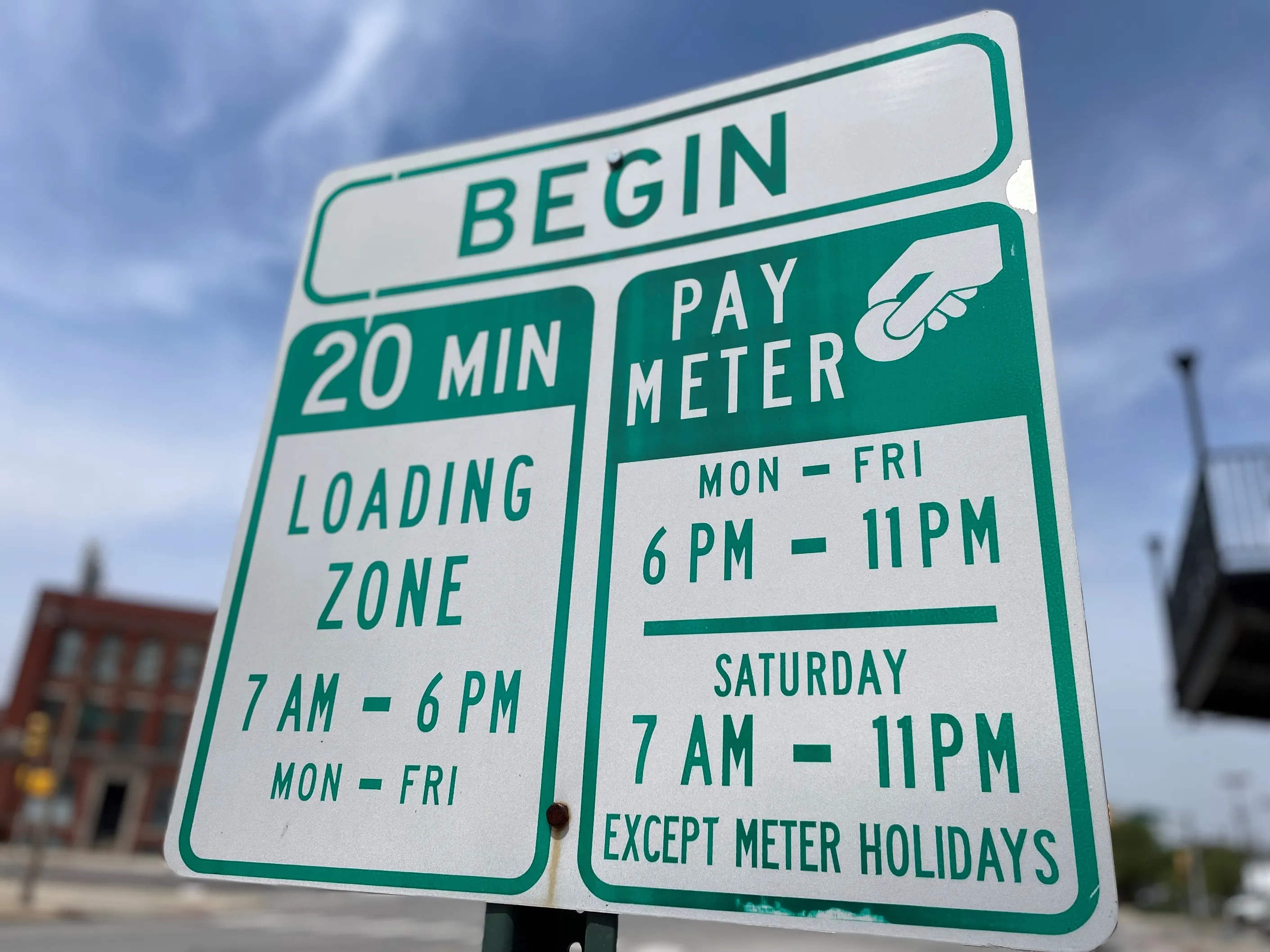EMX’s Drive Thru ultrasonic vehicle sensor, USVD-4X, uses patent pending triangular planar array technology to detect the presence of a vehicle and is suitable for any drive-through operation including parking.
September 16, 2016
Read time: 1 min

In operation the sensor scans the expected location for a vehicle and on detection activates its output without the need for any in-ground hardware.









